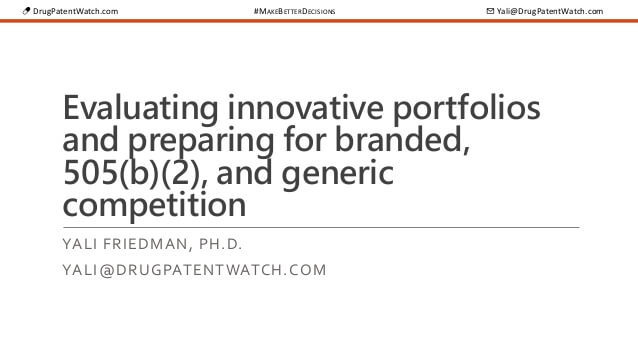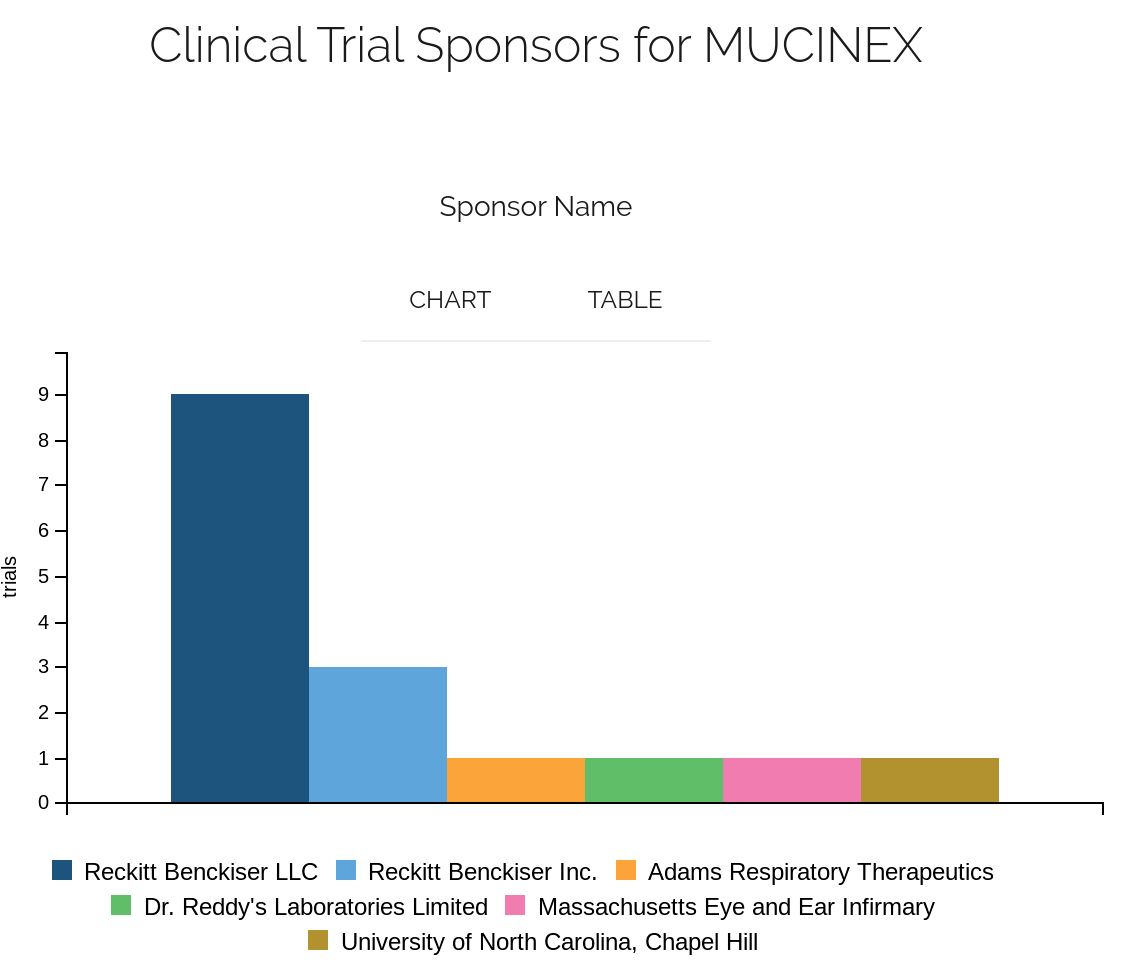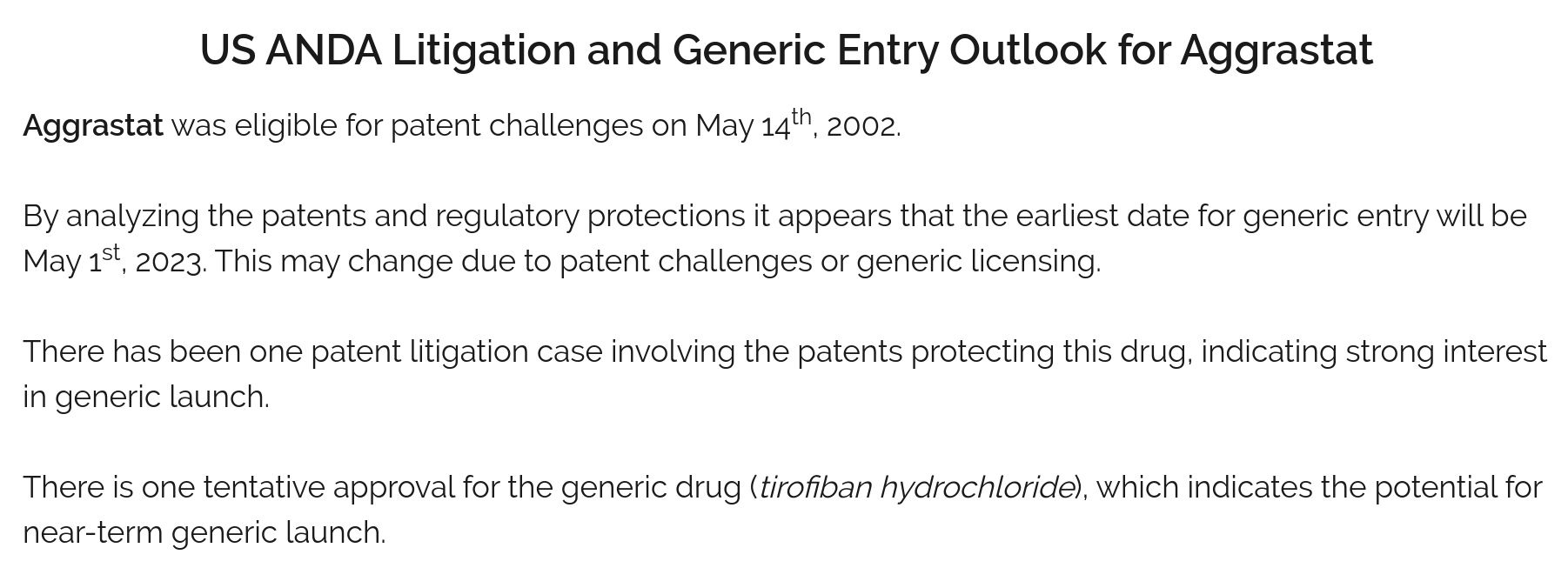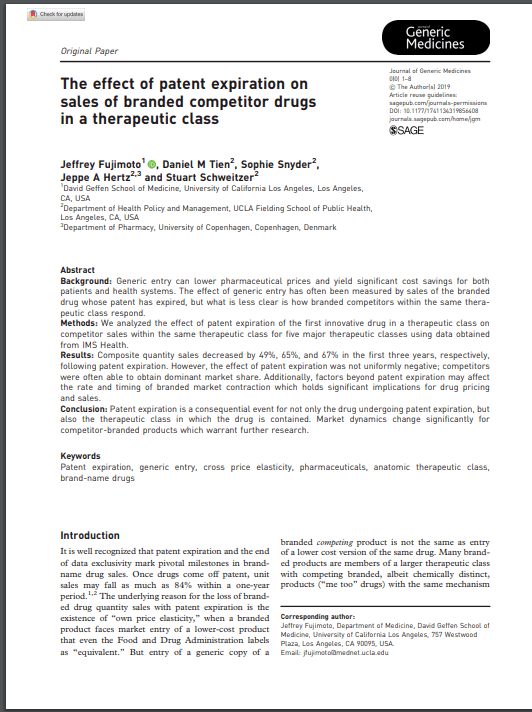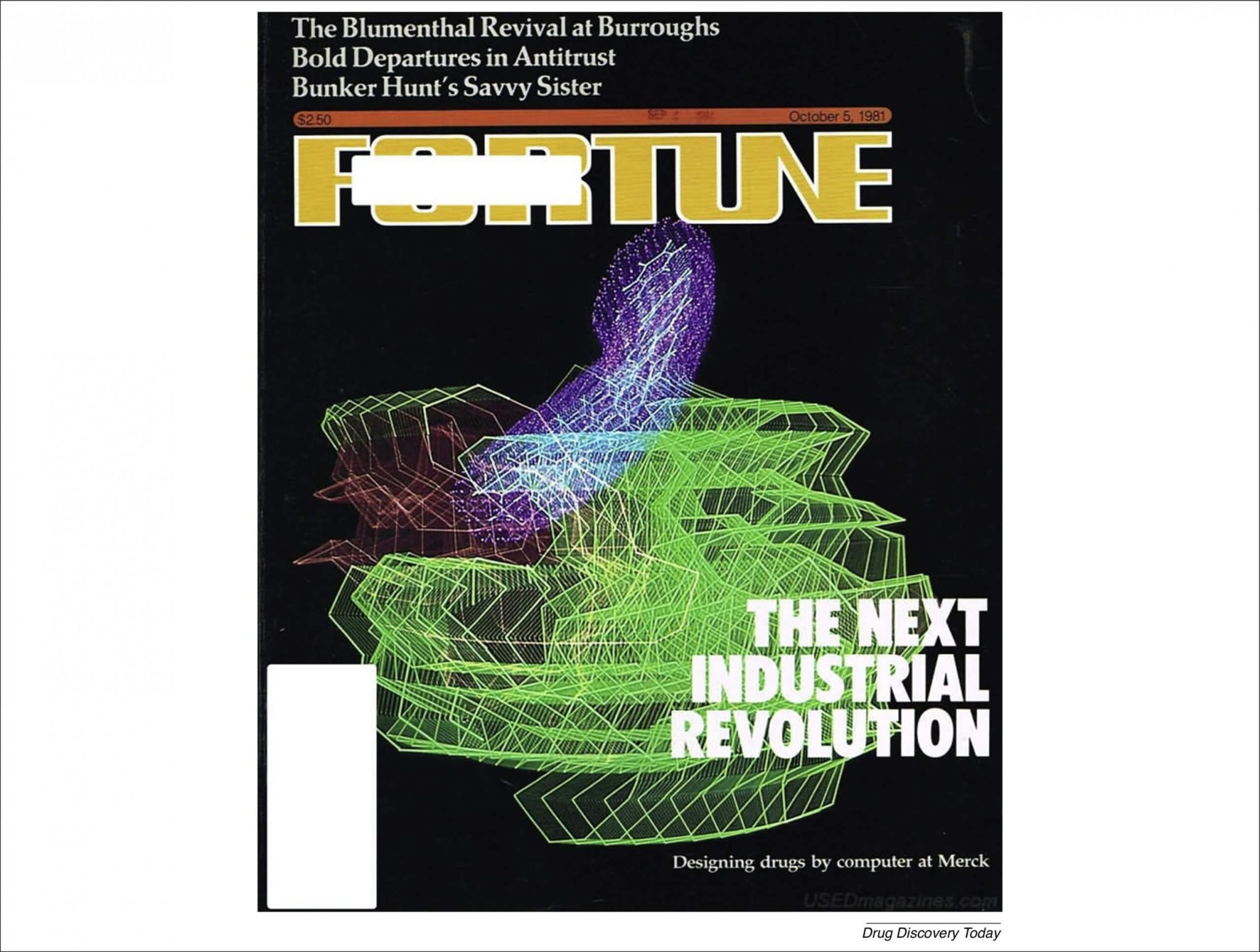In the high-stakes arena of pharmaceutical patents, ANDA litigation represents one of the most complex and financially significant battlegrounds for both brand-name and generic drug manufacturers. With billions of dollars potentially at stake in each case, mastering the nuances of Abbreviated New Drug Application (ANDA) litigation has become essential for pharmaceutical patent litigators seeking to effectively represent their clients. This comprehensive guide explores the intricate strategies and tactics that can spell the difference between victory and defeat in these specialized patent disputes.
Understanding the Hatch-Waxman Framework
The foundation of all ANDA litigation rests on the Drug Price Competition and Patent Term Restoration Act, commonly known as the Hatch-Waxman Act. This landmark legislation created a delicate balance between encouraging pharmaceutical innovation and promoting access to affordable generic medications.
Under this framework, generic drug manufacturers can file an Abbreviated New Drug Application to produce patented drugs, which triggers an infringement provision under the law. This unique regulatory pathway creates a specialized form of patent litigation unlike any other in the intellectual property landscape1.
When a generic manufacturer files an ANDA with a Paragraph IV certification (asserting that the brand’s patents are invalid or will not be infringed), the patent holder has just 45 days to decide whether to pursue settlement or file an infringement lawsuit. This compressed timeline puts immediate pressure on brand manufacturers to react swiftly and strategically1.
If litigation is initiated, it automatically triggers a 30-month stay on FDA approval of the generic product, providing the brand with continued market exclusivity while the case proceeds. However, this period also puts the validity and enforceability of the brand’s patents at risk through litigation1.
The High-Stakes Nature of ANDA Disputes
ANDA litigation represents one of the most financially consequential types of patent disputes. Patent protection allows pharmaceutical companies to recoup their substantial R&D investments, which often run into billions of dollars. When generic versions enter the market, the brand typically experiences a sharp decline in sales—often losing 80-90% of market share within months.
“Patent litigation is the lifeblood of the pharmaceutical industry. Companies invest enormous sums in R&D to develop new drugs, and robust patent protection is essential to recouping those costs and funding future innovation.”2
The pharmaceutical patent litigation landscape has grown increasingly competitive, with over 1,300 ANDA cases involving approximately 1,800 patents between 2020 and 20256. This volume underscores the critical importance of developing sophisticated litigation strategies tailored to these specialized proceedings.
Pre-Litigation Strategy: Building a Foundation for Success
Successful ANDA litigation begins long before a lawsuit is filed. Both brand and generic manufacturers must implement comprehensive pre-litigation strategies to maximize their chances of a favorable outcome.
Patent Portfolio Development for Brand Manufacturers
For brand-name pharmaceutical companies, protecting their valuable intellectual property starts with building a robust, multi-layered patent portfolio around their key drug products.
Effective patent portfolios typically include protection for:
- The active pharmaceutical ingredient (API)
- Pharmaceutical compositions and formulations
- Methods of treatment and use
- Manufacturing processes
- Delivery mechanisms and dosage forms
- Metabolites and polymorphs
“We advise clients to file early and often,” notes a patent counsel cited in industry publications. “Having a diverse patent portfolio gives you more arrows in your quiver when it comes time to litigate.”2
This multi-layered approach creates a “patent thicket” that is more difficult for generics to design around and provides multiple opportunities to assert infringement claims should litigation arise2.
Due Diligence for Generic Manufacturers
Generic manufacturers must conduct exhaustive pre-filing due diligence to assess the strength and vulnerability of the brand’s patents. This investigation typically includes:
- Comprehensive prior art searches to identify potential invalidity arguments
- Detailed analysis of the patent prosecution history
- Assessment of claim construction vulnerabilities
- Evaluation of potential non-infringement positions
- Analysis of patent term and regulatory exclusivity periods
This thorough preparation is essential for crafting a strong Paragraph IV certification and building a solid foundation for the litigation strategy that follows.
Litigation Readiness: Preparing for the 45-Day Window
The compressed 45-day window for brand manufacturers to respond to a Paragraph IV certification creates unique preparation challenges. According to experts in the field, drug brands must maintain an “almost perpetual state of litigation readiness” to effectively address these challenges1.
Document Management Systems and eDiscovery Preparation
Both brand and generic manufacturers should implement sophisticated document management systems long before litigation begins. The discovery phase of ANDA litigation often involves massive volumes of electronically stored information (ESI), making efficient document management critical1.
For brand manufacturers, key pre-litigation documentation strategies include:
- Implementing comprehensive document retention policies
- Organizing regulatory submission documents for quick access
- Maintaining detailed laboratory notebooks and development records
- Preserving patent prosecution communications
- Documenting commercial success metrics
For generic manufacturers, document management considerations include:
- Organizing ANDA submission materials
- Preserving formulation development records
- Maintaining clear documentation of design-around efforts
- Organizing invalidity research and analysis
As one expert notes, “One of the biggest sources of potential delay is discovery and the production of ESI. Therefore, it is at least as important for generics to have counsel that is familiar with their document management system and that has the capacity and ability to review and produce a large amount of data in a timely fashion.”1
Strategic Venue Selection in ANDA Litigation
The choice of where to litigate can significantly impact the trajectory and outcome of an ANDA case. Certain jurisdictions have developed specialized expertise in pharmaceutical patent litigation and may offer procedural or substantive advantages to either plaintiffs or defendants.
Popular ANDA Litigation Venues
Historically, the District of Delaware and the District of New Jersey have been the most popular venues for ANDA litigation, handling the majority of cases due to their:
- Experienced judges familiar with pharmaceutical patent issues
- Well-established local patent rules
- Proximity to many pharmaceutical company headquarters
- History of predicable case management procedures
The Eastern District of Texas has also been known as a popular venue for patent cases generally due to its plaintiff-friendly reputation, though recent Supreme Court decisions on venue have somewhat limited this option2.
Impact of TC Heartland on Venue Strategy
The Supreme Court’s 2017 decision in TC Heartland LLC v. Kraft Foods Group Brands LLC significantly impacted venue selection in patent cases, including ANDA litigation. This ruling narrowed the interpretation of where a corporate defendant “resides” for venue purposes, limiting the ability to forum shop.
When selecting a venue, litigators must now carefully analyze:
- Where the defendant is incorporated
- Where the defendant has a regular and established place of business
- The judge assignment procedures in potential venues
- The typical time to trial in various districts
- The track record of judges in handling pharmaceutical patent cases
Assembling the Right Expert Team
Expert witnesses often play a decisive role in ANDA litigation due to the technical complexity of pharmaceutical patents. Selecting the right experts and effectively utilizing their testimony can make or break a case.
Types of Experts in ANDA Cases
ANDA cases typically require multiple types of expert witnesses, depending on the specific issues in dispute:
- Technical Experts: Scientists with expertise in pharmaceutical chemistry, formulation, bioequivalence, and drug delivery
- Patent Experts: Professionals with knowledge of USPTO practices and patent law principles
- Medical Experts: Physicians who can testify regarding methods of treatment and clinical applications
- Commercial Experts: Economists or industry analysts who can address commercial success and secondary considerations
A recent ANDA dispute concerning cancer drugs demonstrates the importance of specialized expertise. In that case, the defendant required pharmaceutical experts with specific knowledge of drug composition and the binding effects of albumin and paclitaxel, along with a formulations specialist with expertise in nanoparticle delivery of cancer drugs3.
Expert Witness Selection Criteria
When selecting experts for ANDA litigation, attorneys should consider:
- Academic credentials and publication history
- Industry experience and reputation
- Prior expert witness experience
- Communication skills and ability to explain complex concepts
- Potential conflicts of interest
- Availability for extensive preparation
Prior experience as an expert witness is often preferred, as these individuals understand the rigors of deposition and cross-examination and can more effectively communicate complex pharmaceutical concepts to judges and juries3.
Discovery Strategies Unique to ANDA Litigation
The discovery phase of ANDA litigation presents unique challenges and opportunities not found in other types of patent cases.
Managing ANDA Application Materials
Generic manufacturers must produce their ANDA materials to the patent holder exactly as they were submitted to the Food and Drug Administration (FDA). These materials form the core of any infringement analysis and are subject to intense scrutiny1.
Effective strategies for managing ANDA application discovery include:
- Creating detailed production logs tracking all ANDA submission components
- Implementing quality control procedures to ensure complete production
- Preparing witnesses to testify regarding ANDA contents
- Developing protocols for handling confidential ANDA information
Joint Defense Groups for Multiple Defendants
When ANDA litigation involves multiple generic manufacturers, pooling resources through a joint defense group (JDG) can create significant efficiencies. These arrangements allow defendants to share costs, coordinate strategy, and present a united front against the patent holder1.
Key considerations for joint defense arrangements include:
- Drafting comprehensive joint defense agreements that protect each party’s interests
- Establishing protocols for sharing confidential information
- Allocating responsibilities for expert witnesses and discovery tasks
- Coordinating claim construction positions and invalidity arguments
- Creating mechanisms for handling potential settlements by individual defendants
eDiscovery Challenges and Solutions
Given the massive volume of documents typically involved in ANDA litigation, employing sophisticated eDiscovery tools and protocols is essential. Partnering with experienced eDiscovery providers who understand the unique demands of pharmaceutical patent cases can help avoid missteps and meet tight deadlines1.
Modern eDiscovery approaches in ANDA litigation should include:
- Predictive coding and AI-assisted document review
- Sophisticated search term development and testing
- Streamlined privilege review protocols
- Efficient production workflows tailored to pharmaceutical documents
- Collaborative review platforms for multi-party litigation
Claim Construction Strategies in Pharmaceutical Patents
The Markman hearing, where the court determines the meaning of disputed patent claim terms, often represents a pivotal moment in ANDA litigation. The court’s construction of key terms can effectively determine the outcome of infringement and validity disputes.
Pharmaceutical-Specific Claim Construction Approaches
Claim construction in pharmaceutical patents presents unique challenges. Terms describing chemical compounds, formulations, and biological processes often require specialized knowledge to interpret correctly.
Effective claim construction strategies in ANDA cases include:
- Leveraging the prosecution history to support narrow or broad constructions
- Using expert declarations to support technical term interpretations
- Focusing on terms critical to infringement or invalidity positions
- Developing constructions that account for how persons of ordinary skill would understand terms
- Utilizing scientific literature to support proposed constructions
Timing of Claim Construction
The timing of claim construction can significantly impact case strategy. Some courts address claim construction early in the case, while others combine claim construction with the trial. Understanding the particular judge’s approach to timing is crucial for effective preparation and potentially for settlement negotiations.
Invalidity Strategies in ANDA Litigation
Generic manufacturers typically pursue multiple invalidity theories in ANDA litigation, each requiring distinct strategic approaches.
Anticipation and Obviousness Challenges
The most common invalidity arguments center on prior art—either that it anticipates the claimed invention (35 U.S.C. § 102) or renders it obvious (35 U.S.C. § 103).
Developing effective prior art-based invalidity positions requires:
- Comprehensive searches of scientific literature, patents, and regulatory filings
- Detailed analysis of differences between prior art and claimed inventions
- Expert testimony regarding motivations to combine references
- Analysis of secondary considerations of non-obviousness
- Strategic decisions about which references to emphasize
Section 112 Challenges: Enablement, Written Description, and Indefiniteness
Challenges under 35 U.S.C. § 112 attack the patent’s compliance with fundamental disclosure requirements and have proven increasingly effective in pharmaceutical cases.
The Astellas case mentioned in the search results highlights how § 112 defenses can be pivotal in ANDA litigation. The case involved complex issues of enablement and written description that ultimately impacted the outcome4.
Effective § 112 strategies include:
- Analyzing whether the patent enables the full scope of the claims
- Identifying ambiguous claim terms that may render claims indefinite
- Assessing whether the written description adequately supports the claimed invention
- Leveraging expert testimony to identify disclosure deficiencies
Subject Matter Eligibility Challenges
Following the Supreme Court’s decisions in Mayo and Alice, § 101 subject matter eligibility challenges have become more common in pharmaceutical cases, particularly for method of treatment claims and diagnostic methods.
The Astellas case also illustrates how § 101 defenses can surprise litigants, as the court found the patent-in-suit invalid under § 101 even though this defense wasn’t raised in the defendants’ invalidity contentions4.
Non-Infringement Positions in ANDA Cases
Developing compelling non-infringement arguments requires careful analysis of both the patent claims and the proposed generic product.
Literal Infringement Analysis
For literal infringement, generic manufacturers must analyze whether their proposed product falls outside the scope of properly construed claims. This often involves:
- Identifying differences in formulation or composition
- Highlighting alternative manufacturing processes
- Demonstrating structural distinctions in the active ingredients
- Showing different pharmacokinetic properties
Doctrine of Equivalents Considerations
Even when a generic product avoids literal infringement, it may still infringe under the doctrine of equivalents. Defending against such arguments typically involves:
- Emphasizing prosecution history estoppel limitations
- Demonstrating substantial differences in function, way, or result
- Leveraging ensnarement principles to limit equivalence arguments
- Highlighting disclosure-dedication issues that bar equivalence claims
Settlement Strategies Post-Actavis
The landscape for ANDA litigation settlements changed dramatically following the Supreme Court’s 2013 decision in FTC v. Actavis, which rejected the “scope of the patent” test in favor of traditional antitrust principles for evaluating patent settlements.
Trends in Pharmaceutical Patent Settlements
Data from the Federal Trade Commission shows a significant increase in pharmaceutical patent settlements following the Actavis decision. In fiscal year 2016, pharmaceutical companies filed 232 final settlements of patent litigation, an increase of more than 35% compared to previous years5.
These settlements covered 103 distinct pharmaceutical products, compared to 90 and 88 products in fiscal years 2011 and 2012, respectively, indicating that companies are reaching settlements on more products and with more generic companies per product post-Actavis5.
Structuring Compliant Settlement Agreements
In light of heightened antitrust scrutiny, pharmaceutical companies must carefully structure settlement agreements to avoid FTC challenges. Key considerations include:
- Avoiding large, unexplained payments from brands to generics
- Ensuring any value transfer is tied to legitimate business arrangements
- Carefully documenting the rationale for settlement terms
- Considering the use of licensed entry dates rather than payments
- Evaluating and documenting litigation risks to justify settlement terms
Trial Strategies for ANDA Cases
When ANDA cases proceed to trial, litigators must prepare to present highly technical information in a compelling and accessible manner.
Bench Trial Considerations
Most ANDA cases are tried as bench trials rather than jury trials. This changes the presentation strategy significantly, as judges typically have more experience with patent cases and greater patience for technical details.
The Astellas case highlights important considerations regarding jury demands in ANDA cases. The court declined to empanel a jury to try ANDA issues because Astellas’s original complaint only sought declaratory and injunctive relief, and Astellas had waived any jury-trial right by proceeding to a bench trial without objection4.
Effective bench trial strategies include:
- Preparing concise technical tutorials for the judge
- Developing clean, straightforward demonstratives
- Focusing on legal strengths rather than emotional appeals
- Preparing witnesses to address likely judicial questions
- Submitting detailed proposed findings of fact and conclusions of law
Expert Witness Presentation
Expert testimony forms the backbone of most ANDA trials. Preparing experts to provide clear, credible testimony is essential. This preparation should include:
- Multiple mock direct and cross-examinations
- Practice with demonstrative exhibits
- Techniques for explaining complex chemistry and pharmacology concepts
- Strategies for maintaining credibility under challenging cross-examination
- Methods for addressing hypothetical questions
Post-Trial Strategies and Appeals
ANDA litigation rarely ends at the district court level, with many cases proceeding to the Federal Circuit on appeal.
Navigating Federal Circuit Appeals
The Federal Circuit has developed a substantial body of precedent specific to pharmaceutical patents and ANDA litigation. Effective appellate strategy requires:
- Identifying clear, reversible errors in the district court’s decision
- Focusing on issues where the standard of review is most favorable
- Developing compelling policy arguments to support legal positions
- Preparing thoroughly for probing questions from a technically sophisticated bench
- Considering potential en banc or Supreme Court review for novel issues
Alternative Pathways: IPR and PGR Proceedings
Inter Partes Review (IPR) and Post-Grant Review (PGR) proceedings before the Patent Trial and Appeal Board (PTAB) offer alternative venues for challenging pharmaceutical patents.
These administrative proceedings can be faster and less expensive than district court litigation, but they come with significant strategic considerations2:
- The challenger faces estoppel if unsuccessful, limiting future invalidity arguments
- The different claim construction standard at the PTAB may impact outcomes
- The absence of a presumption of validity changes the burden of proof
- The limited discovery available may advantage certain types of challenges
Global Coordination of Pharmaceutical Patent Disputes
For multinational pharmaceutical companies, ANDA litigation often represents just one piece of a global patent strategy.
Parallel Litigation in Major Markets
Increasingly, pharmaceutical patent disputes play out simultaneously in multiple jurisdictions with different patent laws and procedures. Industry experts note, “We’re seeing more parallel litigation in the U.S., Europe, and Asia for blockbuster drugs… Outcomes in one country can have ripple effects elsewhere, so a holistic global strategy is crucial.”2
Effective global coordination requires:
- Consistent core technical positions across jurisdictions
- Adaptation of legal strategies to account for differing patent laws
- Careful management of potentially conflicting judicial decisions
- Strategic timing of filings in different countries
- Coordination among legal teams across borders
Emerging Trends in ANDA Litigation
The landscape of ANDA litigation continues to evolve in response to judicial decisions, legislative changes, and industry dynamics.
Impact of Recent Court Decisions
Recent Federal Circuit and Supreme Court decisions have reshaped aspects of ANDA litigation strategy. Key trends include:
- Heightened enablement requirements for genus claims
- Increased scrutiny of patent settlements under antitrust laws
- More successful subject matter eligibility challenges
- Evolving standards for proving induced infringement
Legislative Developments
Ongoing legislative efforts to reform patent litigation and drug pricing may significantly impact ANDA litigation in the future. Pharmaceutical litigators must stay attuned to proposed changes that could affect:
- Patent eligibility standards
- Procedures for challenging patents
- Regulatory exclusivity periods
- Requirements for ANDA filers
Technology’s Role in Changing the Litigation Landscape
Technological developments are transforming how ANDA cases are litigated. Advanced analytics, artificial intelligence, and sophisticated database tools now allow attorneys to:
- Predict judicial tendencies based on past decisions
- Identify patterns in expert witness testimony
- Analyze thousands of prior art references efficiently
- Model different litigation scenarios and outcomes
- Manage massive document productions more effectively
Key Takeaways for ANDA Litigators
Navigating the complex world of ANDA litigation requires pharmaceutical patent litigators to master multiple disciplines and balance technical, legal, and business considerations. Key principles for success include:
- Begin preparation long before litigation starts, with brands building robust patent portfolios and generics conducting thorough invalidity analyses
- Implement sophisticated document management systems to handle the massive ESI demands of ANDA litigation
- Select expert witnesses carefully, with attention to both technical expertise and communication skills
- Develop comprehensive claim construction strategies that support your infringement or invalidity positions
- Consider the global implications of local litigation decisions
- Stay attuned to evolving legal standards that may impact case strategy
- Evaluate settlement options with careful attention to antitrust considerations
- Prepare compelling technical presentations suitable for sophisticated judicial audiences
- Consider alternative forums like IPR proceedings as part of a comprehensive strategy
- Remain adaptable as the legal and regulatory landscape continues to evolve
The statistics tell the story: with over 1,300 ANDA cases involving approximately 1,800 patents between 2020 and 20256, pharmaceutical patent litigation remains one of the most active and consequential areas of intellectual property law. Mastering the strategies and tactics outlined in this article can help litigators navigate these complex waters successfully.
Frequently Asked Questions About ANDA Litigation
1. What is the 30-month stay in ANDA litigation and how does it affect case strategy?
The 30-month stay is an automatic postponement of FDA approval for a generic drug that begins when a patent holder files an infringement lawsuit in response to a Paragraph IV certification. This stay gives the brand manufacturer continued market exclusivity while the litigation proceeds, but also creates pressure to resolve the case within this timeframe. Strategic considerations include timing dispositive motions to resolve key issues before the stay expires and determining whether to seek preliminary injunctions if litigation extends beyond the stay period.
2. How has the FTC v. Actavis decision changed settlement strategies in ANDA litigation?
The Supreme Court’s decision in FTC v. Actavis rejected the “scope of the patent” test and held that reverse payment settlements in pharmaceutical patent cases could potentially violate antitrust laws. This has led to more careful structuring of settlement agreements, with companies avoiding large, unexplained payments from brands to generics and instead focusing on licensed entry dates and more traditional settlement terms. Despite increased scrutiny, data shows settlements have actually increased post-Actavis, with companies finding compliant ways to resolve disputes.
3. What are the advantages and disadvantages of joining a joint defense group in ANDA litigation?
Joint defense groups allow multiple generic defendants to share costs, coordinate strategy, and present a united front against the patent holder. Advantages include cost sharing, access to more resources and expertise, and potentially stronger bargaining positions. Disadvantages include potential conflicts of interest between defendants, challenges in maintaining confidentiality, and complications when individual defendants decide to settle. Careful joint defense agreements are essential to manage these issues effectively.
4. How do litigators effectively manage the unique discovery challenges in ANDA cases?
Effective discovery management in ANDA cases requires comprehensive document management systems, sophisticated eDiscovery tools, and experience with pharmaceutical regulatory materials. Strategies include implementing predictive coding and AI-assisted document review, developing specialized protocols for handling ANDA submission materials, and creating workflows to efficiently manage massive volumes of technical documents. Many companies benefit from partnering with specialized eDiscovery providers who have experience with pharmaceutical patent cases.
5. What role do regulatory exclusivities play in ANDA litigation strategy?
Regulatory exclusivities granted by the FDA, such as New Chemical Entity (NCE) exclusivity, Orphan Drug exclusivity, and pediatric exclusivity, can provide additional years of market protection beyond patent expiration. These exclusivities often influence litigation timing and strategy, as they may block ANDA approvals regardless of patent status. Sophisticated litigators consider the interplay between patent protection and regulatory exclusivities when developing comprehensive strategies for both brand and generic clients.
Sources Cited:
- TrustArray: eDiscovery and ANDA Litigation: Unique Timelines, Processes, and Workflows
- Drug Patent Watch: Winning Drug Patent Disputes: Proven Strategies for Pharmaceutical Companies
- WIT Legal: Case Study: Pharmaceutical Experts Needed for ANDA Dispute Concerning Cancer Drugs
- Orange Book Blog: Paragraph IV Cases
- FTC: Trends in pharmaceutical patent settlements after FTC v. Actavis
- Patexia: ANDA Litigation | Hatch-Waxman litigation | Paragraph IV
Citations:
- https://trustarray.com/ediscovery-and-anda-litigation-unique-timelines-processes-and-workflows/
- https://www.drugpatentwatch.com/blog/winning-drug-patent-disputes-proven-strategies-for-pharmaceutical-companies/
- https://www.witlegal.com/insights/case-study-life-sciences/case-study-pharmaceutical-experts-needed-for-anda-dispute-concerning-cancer-drugs/
- https://www.orangebookblog.com/hatchwaxman_litigation/
- https://www.ftc.gov/enforcement/competition-matters/2019/05/then-now-down-road-trends-pharmaceutical-patent-settlements-after-ftc-v-actavis
- https://patexia.com/insight/anda-litigation-report
- https://patexia.com/feed/introducing-the-2024-anda-litigation-intelligence-report-insights-into-the-competitive-pharmaceutical-landscape-20240828
- https://pmc.ncbi.nlm.nih.gov/articles/PMC4484957/
- https://www.americanbar.org/products/inv/book/392632497/
- https://www.kirkland.com/publications/article/2022/03/strategies-for-pharma-patent-litigation-2022
- https://www.witlegal.com/insights/case-study-life-sciences/case-study-expert-in-medical-device-engineering-assists-in-anda-case/
- https://www.witlegal.com/insights/qandas/a-conversation-with-wits-hatch-waxman-practice-chair-examining-2024-anda-litigation-activity/
- https://thehighcourt.co/patent-litigation-statistics/
- https://www.burfordcapital.com/insights-news-events/insights-research/5-min-on-anda-disputes/
- https://www.witlegal.com/insights/report/2024-in-review-analyzing-hatch-waxman-litigation-trends/
- https://www.robinskaplan.com/newsroom/insights/resources-legal-updates-generically-speaking-hatch-waxman-bulletin-2024-generically-speaking-q2-anda-litigation-settlements2
- https://www.americanbar.org/products/inv/book/424303717/
- https://www.finnegan.com/en/insights/books/pre-anda-litigation-strategies-and-tactics-for-developing-a-drug-product-and-patent-portfolio-third-edition.html
- https://jcdronline.org/admin/Uploads/Files/6638d84c7565a8.25002674.pdf
- https://patentlyo.com/patent/2024/12/economics-testimony-ecofactor.html



